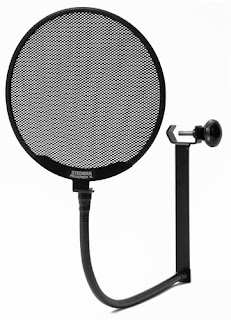Just like The Mastering Compressor, the Optograph's threshold and make up gain are controlled by discrete attenuators, made from custom twenty-four position Elma switches. The tactile feel and quality of these controls are unrivaled. They are of the highest quality and will last forever.
Built into the side chain, are a very powerful series of filters: 90 hertz, 150 hertz, 250 hertz, and band pass. By engaging a specific filter, you choose at which point the onset of compression occurs. First position, nothing below ninety triggers compression. Second position, nothing below one-fifty. Third, nothing below two-fifty. The fourth position is a musical bandpass filter. In this position, compression is triggered by the program's mid-range frequency content, ignoring the highest and lowest frequencies. The filters are amazingly useful for shifting the focus of what should be more compressed and creating compression curves on purpose.
Another unique feature for sculpting the overall sonic character is the Transformer Desaturate mode. In this mode we cancel out any distortion and frequency non-linearity’s caused by the output transformer. The result is a pure, almost transformer-less sound, whilst still receiving the benefits, of limiting transients that can only come from magnetics."











